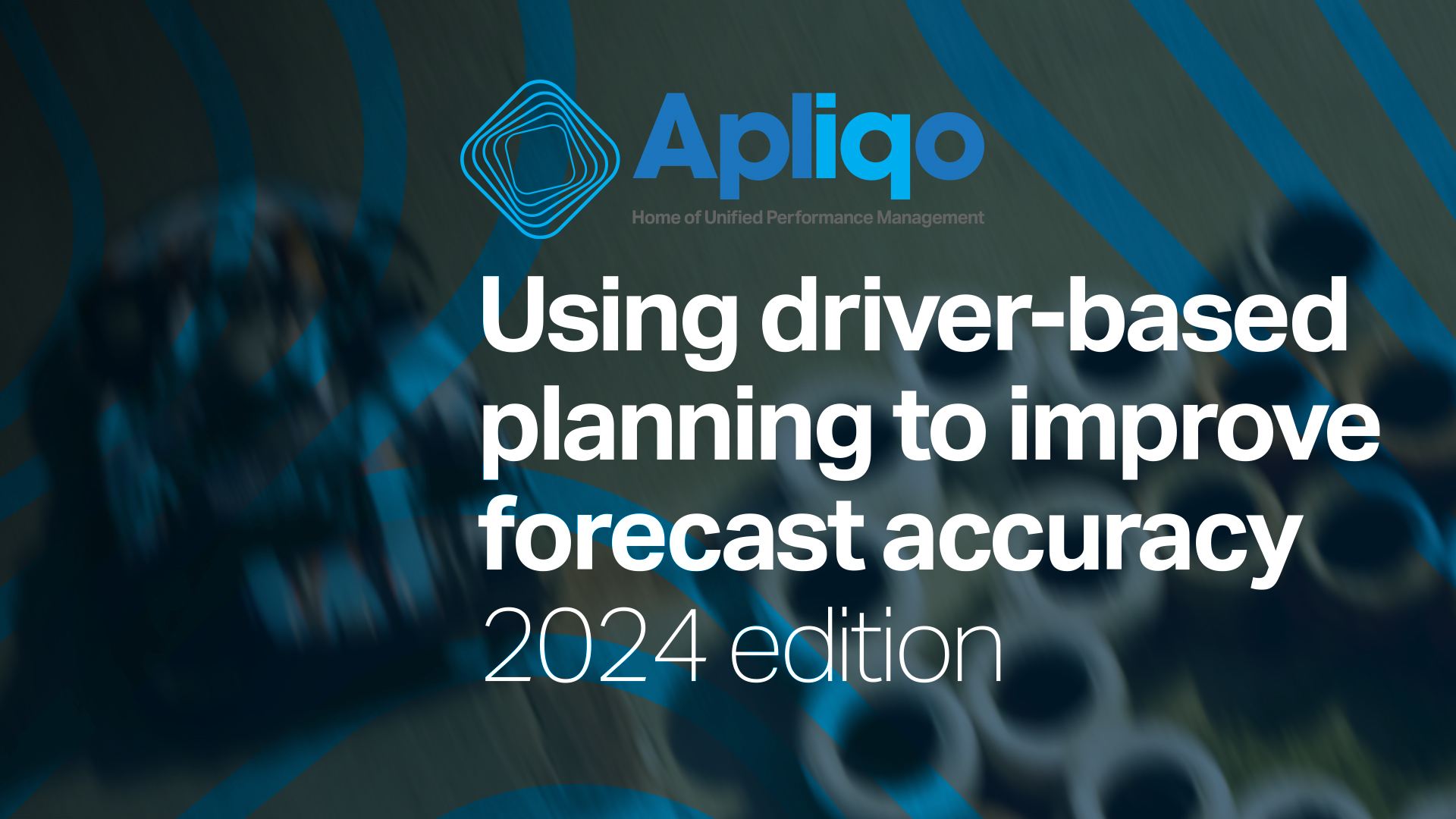Now, McKinsey & Company released a short report confirming our biggest prediction; the best way to prepare your business for the uncertainty of COVID-19 is with Scenario Planning.
“Uncertainty is the only certainty”
Late February, COVID-19 crossed an infection point; cases outside China outnumbered those within the country for the first time since the initial outbreak in December. Now, the virus has moved to over 50 countries and affects over 40% of the global economy.
In it’s latest report, McKinsey & Company details 3 distinct scenarios of how the Coronavirus pandemic might play out through 2020:
- Best Case (Quick Recovery): Hubei’s economy returns to at least 80% functionality by the end of Q1. By the end of Q2, transmissions across Europe and the Middle East are contained, travel bands are lifted, and economic activity across multiple sectors returns to normal. Based on current conditions, this is the least likely scenario.
- Base Case (Global Economic Slowdown): Economic activity in China stabilizes, but the transmission of the virus continues to grow throughout East Asia, the Middle East, and Europe. Cases only start to reduce by early Q2 and the aviation, tourism, and hospitality sectors start to return to normality in Q3.
- Worst Case (Global Pandemic and Recession): The virus spreads with more cases across the Americas, Africa, and India. Travel restrictions remain in place until late Q4. Consumer confidence remains low across multiple industries, with some experiencing a harsh, unrecoverable loss in demand.
In both the base and worst-case scenarios put forward in McKinsey’s report, companies are going to be facing several challenges, including supply chain disruptions and drops or delays in customer demand. It’s important to remember, however, that the McKinsey report provides only speculative insight into the spread of the virus and its economic repercussions.
Forgetting “business as usual” – using Scenario Planning to weather the storm
One thing we can say for certain about the COVID-19 outbreak is this; business as usual is not an option. The outbreak has already caused unprecedented economic disruptions across the globe, and the way your business manages these disruptions depends on its ability to plan for the unforeseeable future.
Scenario Planning is arguably the best weapon in your company’s forecasting arsenal to deal with these kinds of situations. It works by outlining detailed future scenarios and analyzing their effects on your company’s key business drivers.
Unlike trend analysis, which is based on the principle that “the future will likely be just like the past,” scenario analysis offers a broader, more comprehensive look at what the future might hold for your business.
The scenarios put forward in McKinsey’s report serve as a good starting place to try and gauge the effects of COVID-19 on the global economy. However, your company needs to do its own scenario planning, focused on disruptions to its core business drivers. Stay tuned for our upcoming post on how to incorporate Scenario Planning in your forecasting model.
Remember: COVID-19 is a health issue
The COVID-19 outbreak has taken a huge toll on the global economy. However, we encourage all businesses to remember that, above all, this virus is a health issue affecting hundreds of thousands of people in unprecedented ways. With that in mind, we encourage all businesses to:
- Protect their employees. Your company’s first response should be to adhere to all guidelines put forward by local and international authorities and offer maximum support for all staff members.
- Set-up a multidisciplinary COVID-19 response team. The team’s top priority should be employee health and safety. Next, it should also cover financial stresses, supply chain disruptions, sales and marketing stabilization, and communication with third-parties.
- Accompany their customers. COVID-19 has caused major disruptions to consumer demand across the globe. The best thing your company can do is accompany the changing needs of its clients during this time.
- Demonstrate Purpose. If there’s one thing you take away from the McKinsey report, let it be this; “Businesses are only as strong as the communities of which they are a part.”







